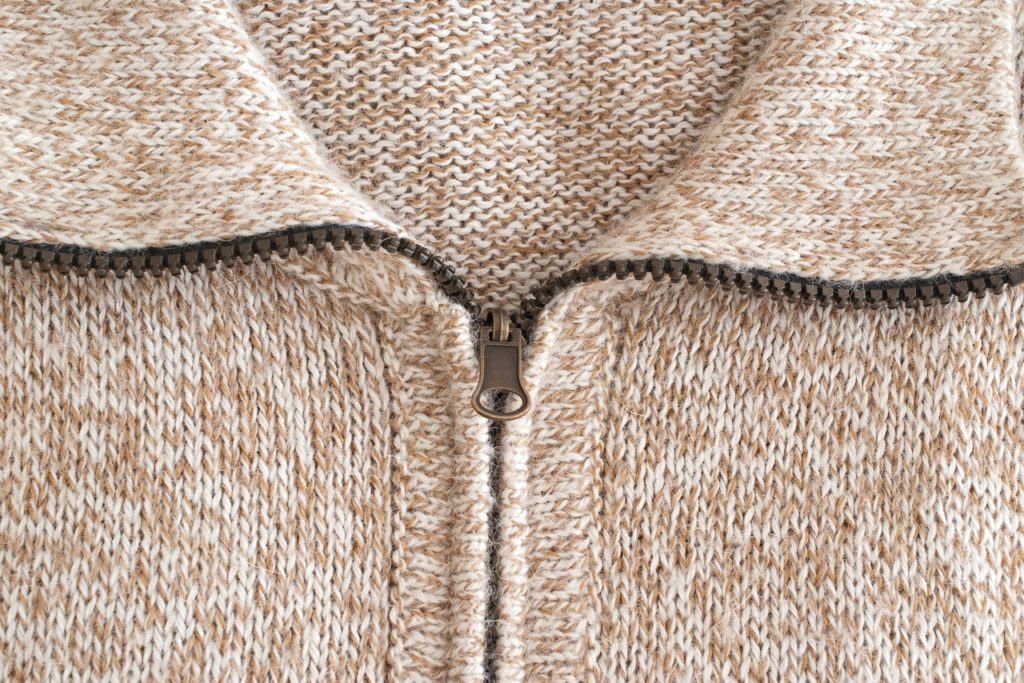Handy Ideas For Selecting Hemp Clothes
Wiki Article
What Are The Advantages Of Hemp Clothing Made From Low-Impact Fibres? Clothing With Regard To The Sustainability Of The
The hemp clothing that is low impact offers a variety of environmental advantages in comparison to clothing made of synthetic fibers and cotton. Hemp clothing comes with a variety of environmental advantages. It grows rapidly and requires little irrigation, herbicides or pesticides. Hemp is able to adapt to various soils and thrive in a variety of climates.
Hemp is known to use less water than cotton. Cotton, on the other hand, is known for its high water consumption. It makes hemp clothes a more efficient option when it comes to water consumption.
No Pesticides and Herbicides- Hemp can be grown without the need to use synthetic pesticides or herbicides in most cases, reducing the environmental impact associated with chemical agriculture.
Soil Health- Hemp cultivation can improve soil health thanks to the deep roots system which prevents compaction and soil erosion. Hemp cultivation also improves soil fertility for future crops.
Hemp is biodegradable. It is able to break down naturally with time and reduces textile waste. In contrast to synthetic fibers, such as polyester that can require thousands, or even hundreds of years to break down.
Low Carbon Footprint - Hemp fibers have a smaller carbon footprint than synthetic materials. Additionally, hemp can capture carbon dioxide from the air as it grows, acting as an carbon sink.
Hemp clothes are known for its durability and long lasting. Hemp clothing of high-quality can last for many years. They can reduce the requirement for replacements and also aid in reducing the amount of waste.
Hemp plants are naturally resistant against pests. This reduces the necessity for pesticides.
Hemp is a versatile material which can be transformed into bags, clothing or accessories.
Regenerative Agriculture. Some sustainable farming systems integrate hemp into the regenerative farming methods that aim to in restoring and improving ecosystems while producing crops. It can also have positive impacts on the natural environment.
It's important to note that while hemp offers several environmental benefits, the total sustainability of clothing is contingent on other elements, including the process of dyeing, transportation and consumer behavior. As with every industry, there could be variations in the production methods and standards, so it's beneficial to look for certified hemp clothing that is organic or sustainable options to ensure the highest environmental benefits. Check out the recommended hemp clothes recommendations for more examples including hemp clothing womens, hemp tees wholesale, hemp hoodie, patagonia hemp work pants, patagonia island hemp pants, hemp jeans mens, hemp athletic wear, wholesale hemp fabric, hemp polo shirts, wholesale hemp fabric and more.

What Is It That Makes Hemp Fibers Breathable And Moisture-Wicking?
Hemp fibers have distinct chemical and structural properties that make them extremely breathable. They are also moisture-wicking. These characteristics are a result of the following factors. Microstructure- Hemp fibres have a porous and hollow structure that allows air to circulate within the fibers. Natural porosity is what makes hemp fabrics very air-tight. When they are woven into fabric the structure lets air flow through. This improves circulation and reduces the build-up of heat and moisture against the skin.
Hemp Fibers Absorb Moisture and Wicking- Hemp fibers are hydrophilic. That means they have an affinity for water. They can also easily absorb moisture. They are able to absorb sweat or moisture out of your body, removing the sensation of wetness. Hemp fibers can also draw water away from your body by dispersing the moisture over large areas, which lets it evaporate more quickly. The ability to wick moisture keeps you dry and comfortable when exercising or during the summer heat.
Hemp fibers possess natural thermal regulation properties. They can entrap heat close to the skin when it is cold. In hot temperatures, they aid to cool you down by allowing excess moisture and heat to be able to escape. The thermoregulatory capacity inherent to hemp makes it suitable for clothes that are worn in a range of temperature and conditions.
Hemp fibers are antimicrobial, which help in inhibiting the growth of bacteria responsible for smells. This characteristic helps to keep hemp clothing clean and free from odors even after prolonged physical exertion.
Hemp fibers are tough, durable, and can last for quite a while. Clothing made from hemp fibres will maintain their breathable and moisture wicking capability regardless of repeated washing and wear. The durability of hemp clothing allows it to last for longer and can reduce the necessity of replacing them and, consequently, reduces the environmental impact.
UV Protection Hemp fibers are an organic UV protector, protecting the skin from damaging UV radiation. Hemp clothing can be used for a variety of purposes because of its UV-blocking qualities. It's ideal for outdoor activities.
It is crucial to understand the fact that these qualities are present in hemp fibres. They are not dependent upon chemical treatments or other additives. Hemp has inherent characteristics that allow it to be an eco-friendly and comfortable choice for clothing. In addition, these attributes are preserved even as hemp fibers are processed to weave into fabric which makes them highly desirable for environmentally friendly and functional clothes. Have a look at the most popular hemp clothing for more advice including hemp golf shirts, hemp bathing suit, hemp yoga clothes, afends jesse dress, hemp polo shirts, hemp fabric by the yard, hemp apparel fabric, womens hemp clothing, patagonia work pants hemp, patagonia hemp vest and more.

What Are Some Advantages Of Bamboo Clothing To The Environment And For Comfort?
Bamboo clothing is a great choice for both comfort and environment.
Softness Bamboo fabric is renowned for its exceptional softness. It is silky and smooth to the touch, which makes it soft on the skin. A lot of people find bamboo clothing extremely soft, making it a popular choice for intimate apparel such as loungewear, activewear, and loungewear.
Breathability Bamboo fibers breathe and wick away moisture. Micro-gaps allow for air circulation, which helps keep you cool in hot weather. Moisture-wicking fabric helps remove sweat off your skin and decrease the feeling of dampness.
Bamboo clothing is ideal for thermoregulation. It can help keep you warm by capturing the heat close to your body. In hot temperatures, it will help you stay cooler by allowing the excess heat and moisture to go away. Bamboo is able to adjust to a variety of temperatures, it's suitable for any season.
Hypoallergenic Bamboo fabric is hypoallergenic. It is also gentle on sensitive skin. Bamboo fabric is more likely than other fabrics to trigger allergic reactions or irritations therefore it's an ideal choice for those who have sensitive skin or allergies.
Bamboo fibers have natural antimicrobial properties that prevent the spread and growth of bacteria that cause odor. Bamboo clothing keeps its freshness, even while being physically active.
Environment-
Sustainability Bamboo is a durable and sustainable resource. Bamboo is one the fastest-growing plants in the world. It needs minimal water to grow and requires no pesticides. Bamboo can be grown from roots, which makes it possible to harvest without harming the plant.
Bamboo is water efficient due to nature. It is able to thrive even without irrigation, and is often grown by rainwater alone. This reduces the environmental impact associated from the use of water for agriculture.
Biodegradability. Bamboo clothes are biodegradable. They naturally decay with time. This feature helps to reduce the quantity of non-biodegradable fabric waste that ends up in landfills.
Carbon Sequestration. Bamboo plants are able to sequester carbon dioxide out of the air as they expand rapidly. Bamboo farming can reduce greenhouse gas emissions as well as act as a source of carbon.
Chemical Reduction. Bamboo fabric production generally requires lesser chemical treatment and processing than other textiles. As a result, the textile industry has smaller environmental footprint.
Closed-Loop Manufacturing Certain manufacturing methods for bamboo fabrics use closed-loop production, which recycles and reuses water and chemicals to reduce waste and environmental impact.
It is important to note that the effect of bamboo clothing on the environment may be different based on the kind of manufacturing process employed and if bamboo was sourced responsibly and sustainable from the bamboo forest. If you want to get the greatest environmental benefits out of bamboo clothes, make sure you choose eco-friendly and ethical production practices. View the recommended basics about bamboo clothes for website tips including bamboo viscose pajamas, bamboo yoga wear, bamboo viscose pajamas, bamboo shirt, short sleeve bamboo pajamas, bamboo brand jeans, bamboo clothing brand, bamboo clothing underwear, bamboo trousers women, carter's bamboo pajamas and more.
